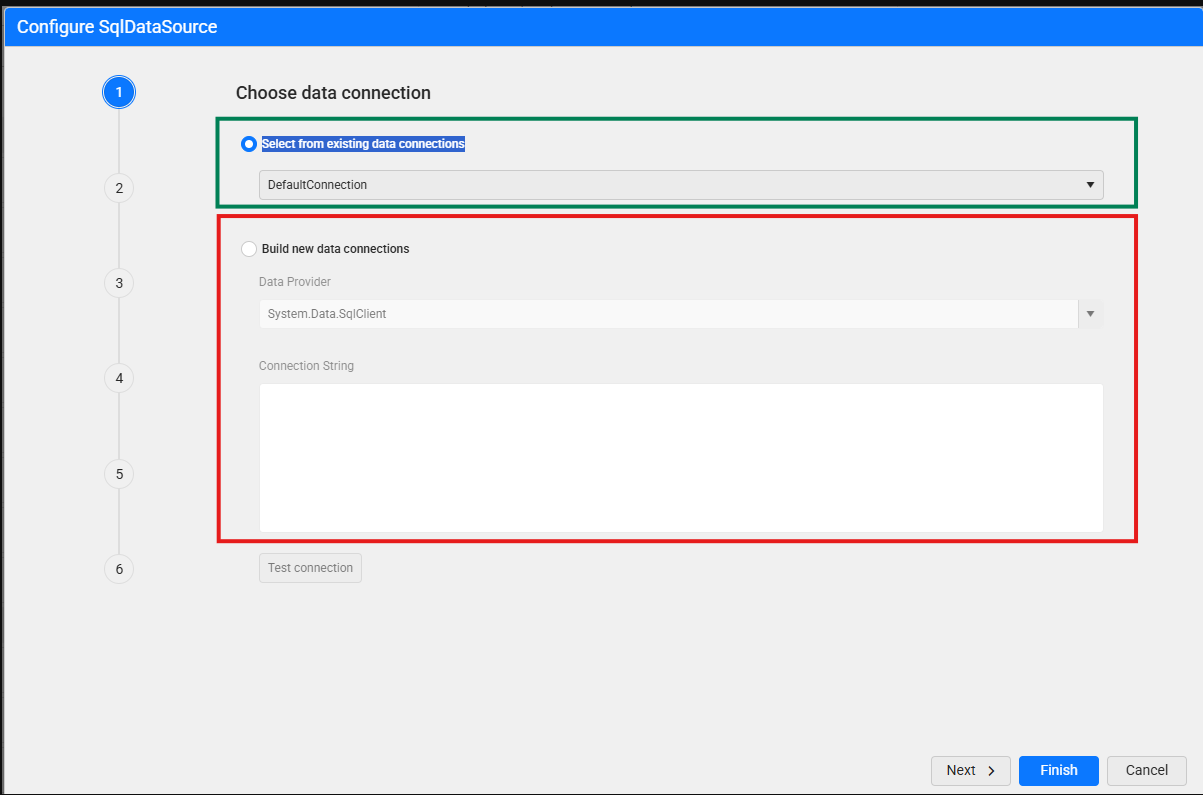As of now the Reporting team provides only part of the source code - mostly the code that targets .NET Framework 4.6.2.
Please expose more of the code to your customers, like Telerik Reporting engine for .NET 6+ and corresponding REST WebAPI.
Currently, page breaks in reports are static and cannot adapt to dynamic conditions during rendering. This limitation makes it challenging to format highly variable reports where layout requirements depend on runtime data or page positioning.
The requested feature would allow developers to define expressions or rules that determine whether a page break should occur, considering factors such as:
- The current page number
- The position of a specific control on the page
- Other Internal report variables
Benefits
- Enables precise control over report layout for complex, data-driven scenarios
- Improves usability for industries requiring strict formatting standards (e.g., financial, healthcare, compliance reporting)
- Aligns functionality with competitive reporting tools like Crystal Reports, enhancing product competitiveness
- Reduces manual workarounds and simplifies report design for advanced pagination needs
Similar, but more specific request already exists:
https://feedback.telerik.com/reporting/1356665-add-conditional-page-breaks-based-on-report-group-page-number-duplex-printing
See also my ticket: 1701322
When a system tells users they should look into the report parameters as the reason the report isn't displaying. It's reasonable for your users to believe you aren't misleading them.
The report viewer error message misleads users. In reality the parameters are correctly configured and it the repot URL could be wrong. Or a variety of other issues are at play; for instance, a problem with you connection string will also return the "Unable to get report parameters" error message. I'd like to see this error message at minimum changed to "report can't display." It's better to throw out a generic message vs having users spend hours or days troubleshooting the report parameters. Better yet a proper catch/validation system put into place please.
However, in my report, the Interactivity options do not show any property for Level. I am only seeing basic properties like Action, BookmarkId, DocumentMapText, TocText, etc.
The Level field is completely missing.
I have projects on .NET Core and I want to use the System.Text.Json serializer that is the new default, but reporting relies on Newtonsoft.Json.
---
ADMIN EDIT
There are two approaches that can be taken right now to solve this:
OPTION 1: define separate endpoints (services, projects) for the different tasks - they can still use the same database layer through a shared project, depending on the architecture you have. This would let you have separated services with the appropriate serializers without custom attributes and code (see below). For example, create a separate project for the reporting REST services.
OPTION 2: add some custom decoration on the endpoints so you can choose which serializer is used on each, you can find some examples here: https://stackoverflow.com/questions/59650907/how-to-configure-two-json-serializers-and-select-the-correct-one-based-on-the-ro - the point being to register a serializer depending on the endpoint based on your own code rather than let the framework put one in for all endpoints.
NOTE: This would be a breaking change.
---
In MSSQL, you may use syntax like 'StoredProcedureName;1' to indicate stored procedure versioning, but it is not yet supported by Telerik Reporting.
I use such syntax and need to remove the version to make this work in Telerik Reporting.
It would be great if you also added support for versioning in MSSQL stored procedures.
We are using the Telerik Reporting component and are very happy
We really wanted to use the Table of Contents component in our reports
The Table of Contents works great but unfortunately does not support right-to-left in Hebrew
I guess for you this is a small fix and for us it will be a big relief
We ask for your help and improve the component for us so that the wonderful Table of Contents supports right-to-left
Thank you
Tamar
Currently, if the SkipBlankPages property is set to True and there is not any significant content in the report, the following message will be displayed in the designer and the viewer: The current data set presented in the report did not produce any significant content, so no pages were generated. If you need to see the whole report content, including blank pages, please contact the report author.
WebReportDesigner (Blazor) - permission to restrict "Build new data connections" and allow to use only "Select from existing data connections".
It isn't required, but would be nice have button "Test connection" in the bottom enabled to verify predefined connection
Currently, when you set SplitWorksheetOnPageBreak to True, the Excel Sheet name is formed from the DocumentName or ReportName and the number of the page.
It would be very helpful if the report authors can manipulate these names with Expressions.
We use WPF Report Viewer in our application. For testing, validation, and automation purposes, we need to:
- Uniquely identify each element in the XAML rendered report contents to support automation.
- Prevent the element ID changes. The generated item IDs must remain consistent as long as the report definition is not changed.
Currently, there is an MCP server that allows for integrating and developing report viewers, report designers, and Reporting REST APIs through Copilot. Consider allowing end users without Telerik Reporting experience to also build reports using AI.
I would like to request the addition of FormulaPrefixCharacters.
I have a .NET project. I tried to add a CS-based report to it using the Visual Studio item template. However, when I opened it, I encountered an error message, which wasn't helpful.
After reaching out to the technical support, I was told that the Visual Studio Report Designer was not supported in .NET projects, and the alternative was either to open the CS-based report through the Standalone Report Designer or use TRDP reports (recommended for new reports) instead.
It would be nice if there were some warning about this, as it would save me some time and confusion, as at first, when I encountered the error message, I took the assumption that something was corrupted with my project.

